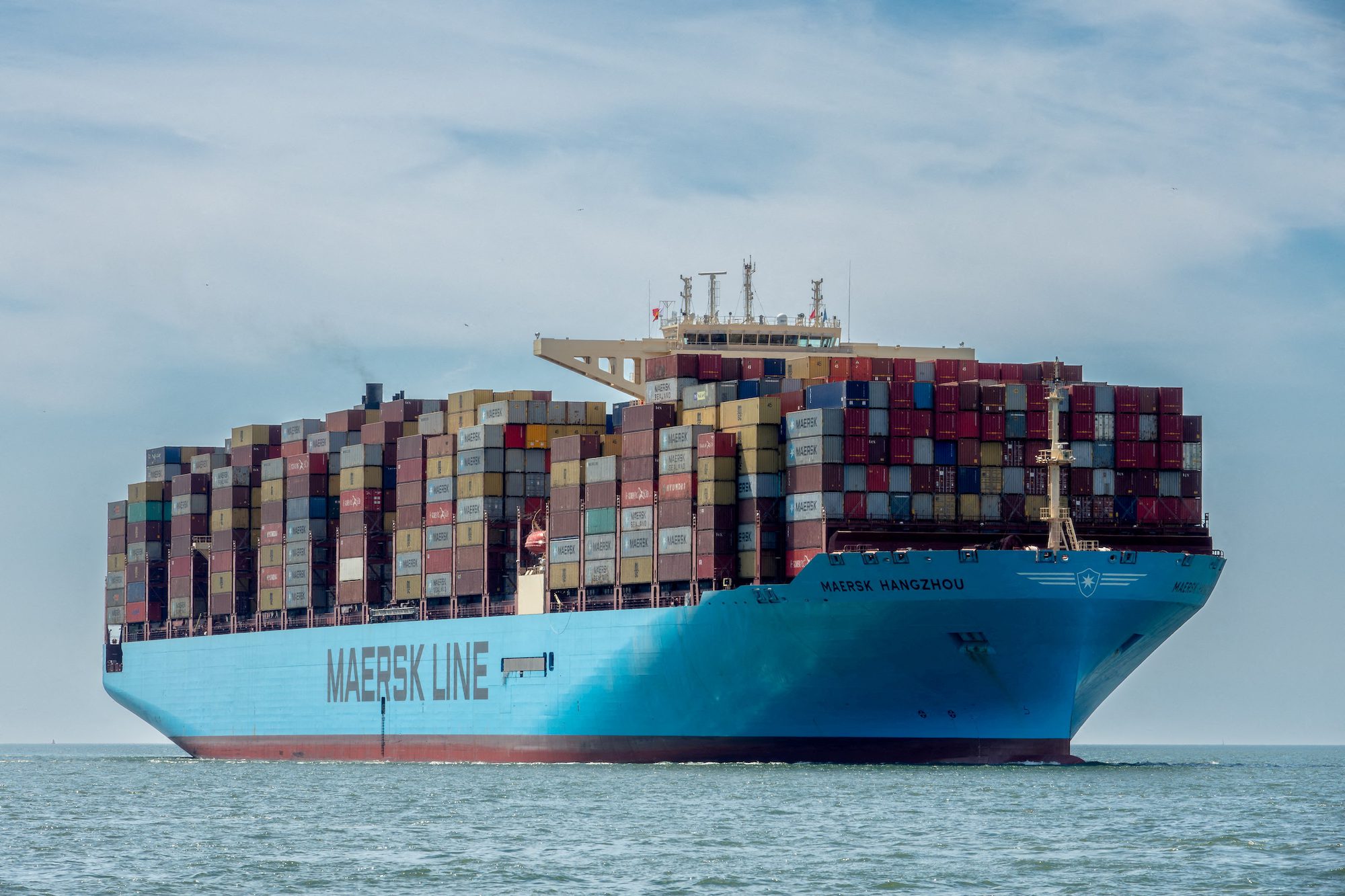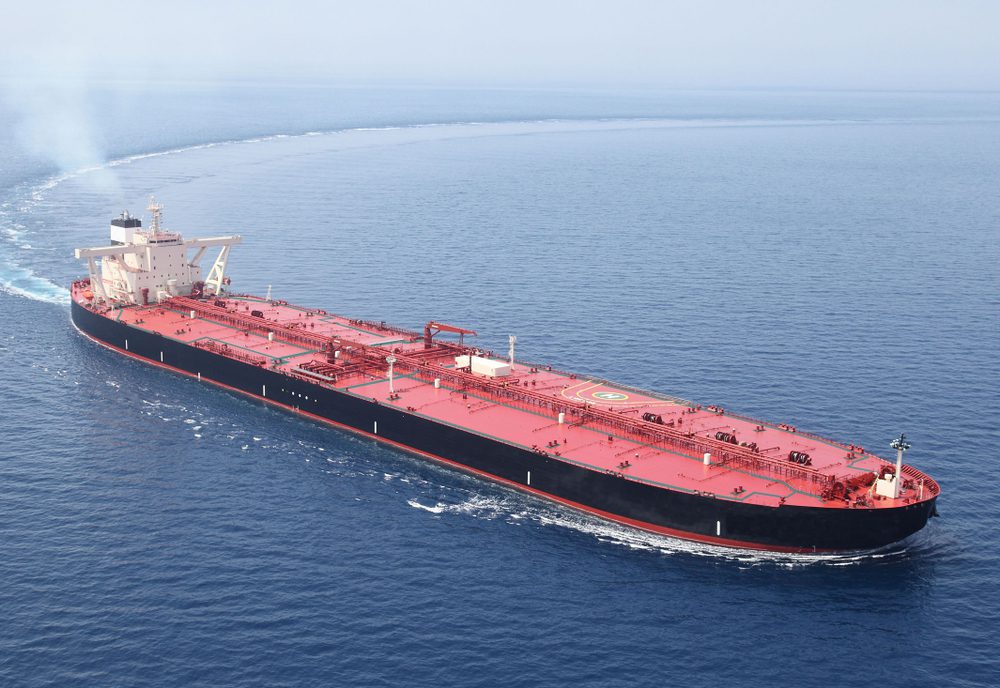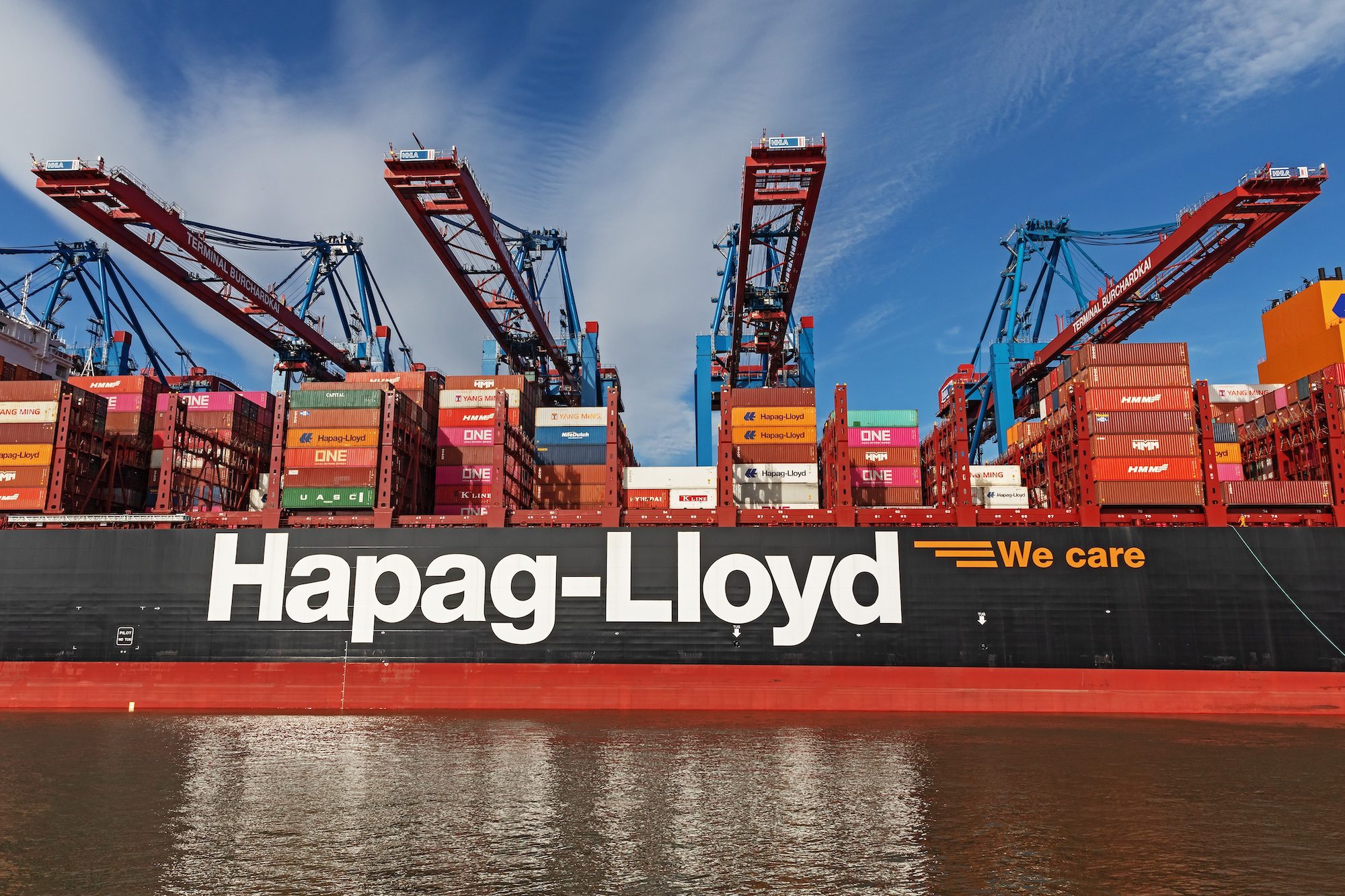Maersk has embarked on an ambitious program to retrofit approximately 200 vessels in its time-chartered fleet, collaborating with 50 different shipowners to improve fuel efficiency and increase cargo capacity while reducing greenhouse gas emissions.
The large-scale initiative involves more than 1,500 individual projects already executed across the vessels, with an additional 1,000 projects scheduled for completion by 2027. The investment costs are being shared between Maersk and vessel owners.
“Our medium- and long-term chartered fleet makes up a significant proportion of our operations as well as of our total fuel consumption. By working closely with our partners, we aim to implement solutions that not only reduce emissions but also enhance the overall competitiveness of our fleet,” said Ahmed Hassan, Head of Asset Strategy and Strategic Partnerships at Maersk.
The retrofitting program includes significant vessel configuration changes, with common modifications including replacement of propellers and bulbous bows. These upgrades are designed to optimize vessels that were originally built for faster speeds but now operate on less compressed schedules.
Anda Cristescu, Head of Chartering & Newbuilding at Maersk, explained: “Many of these ships were designed and constructed at a time when container vessels in general were sailing at faster speeds. To bring down fuel consumption, we have over the years introduced less compressed vessel schedules, but the propellers and bulbs optimized for faster speeds have been kept. There lies a big efficiency potential in replacing them.”
Additional technical improvements include auxiliary engine waste heat recovery systems that produce steam from auxiliary engine heat, reducing dependence on fuel-oil-fired boilers. Installation of shaft generator systems further cuts down auxiliary engine usage.
Cargo capacity improvements are being achieved through structural and technical modifications such as elevating wheelhouses to improve line of sight and increase intake, raising lashing bridges, strengthening deadweight capacity for deeper drafts, and upgrading lashing systems and loading computer functionalities.
The program supports Maersk’s target of a 35% absolute reduction in scope 1 greenhouse gas emissions by 2030 compared to 2022 levels, and the company’s longer-term goal of reaching net-zero emissions by 2040.
“While fuel transition is needed to reach our long-term goal of net-zero emissions by 2040, investments in existing fleet efficiency enhancement technologies is a powerful tool to gain significant emissions reductions in the short term,” noted Hassan.
Maersk describes the partnership model with vessel owners as mutually beneficial. “We have from experience found that this model is a win-win. At Maersk, we can reduce both emissions and fuel costs, while the owners get the long-term value of a modernised vessel,” said Hassan. “Fleet renewal is often seen as new vessels replacing the old, but it is also about ensuring your existing vessels keep their competitive edge.”

 Join The Club
Join The Club











